Kyocera Brigadier Review
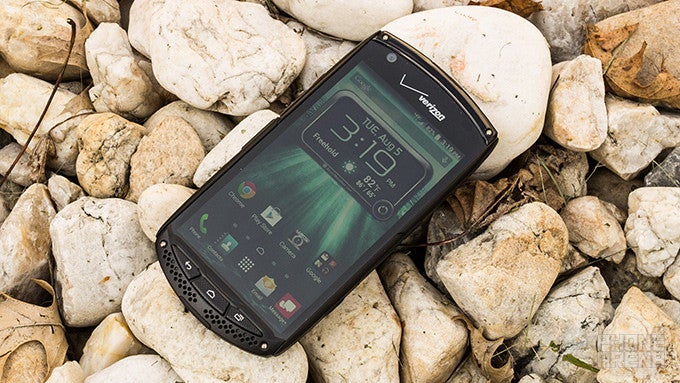
Introduction
Rumors about sapphire glass expected to be used by the next-generation iPhone have been swirling about for some time now, but we don’t have to necessarily wait for that exact handset to see what the hoopla is all about regarding this unique piece of glass. Instead, all we need to do is check out the already-available Kyocera Brigadier for Verizon Wireless. It not only employs virtually scratch-proof sapphire glass over its display, but also continues Kyocera’s tradition of crafting durable phones – the likes of which can withstand even the most extreme punishment. It’s fine and dandy it can do all that, but does it have enough additional quality elements to make it a contender?
The package contains:
- microUSB cable
- Wall charger
- Product safety & warranty information
- Getting to know your phone guide
Design
Good looks aren’t in its DNA, but its rugged construction gives it some serious protection.
Hardly the kind of phone that bases its success solely on having good looks, the Kyocera Brigadier appears exactly like any other heavily ruggedized smartphone put out in the last couple of years. It’s thick (0.52-inches), extremely weighty in the hand at 6.6oz, and its look leaves more to be desired – so it’s the kind of thing you don’t buy for its looks. In all fairness, though, it’s fit for people who want a seriously rugged phone, seeing that its construction meets military standard 810g to give it protection against dust, shock, vibration, water immersion, and even solar radiation – in the event that ever occurs in your lifetime, of course.
Sure, it’s more than capable of surviving drops onto the pavement, but the softer toned rear plastic scratches very easily – whereas the rubbery coated surfaces do a better job of masking them. Unlike past ruggedized Kyocera smartphones we’ve reviewed, the Brigadier doesn’t offer a removable back cover, so it’s a closed design we’re dealing with here. Of course, this particular decision helps to solidify its protection even further, but we have to constantly remind ourselves that its microUSB and 3.5mm ports need to be securely covered – to ensure that it survives a dip under water.
Looking around the sides of the phone, we spot its power button, microphone, dedicated speakerphone key, microSD & nanoSIM slots, microUSB port, separated volume controls, lanyard spot, and a handy programmable key. Going with the conventional layout, it also features physical Android buttons beneath its display – something that’s a rarity nowadays. Rounding things out, there’s an 8-megapixel camera with LED flash in the rear, and a front-facing 2-megapixel one.
Display
Kyocera’s Sapphire Shield glass is utterly impenetrable from being scratched!
Let’s get the specs out of the way, shall we? First, the Kyocera Brigadier packs along a fairly sizable 4.5-inch 720 x 1280 IPS-LCD display, which gives it a respectable pixel density count of 326 ppi – making fine text easy to decipher. Needless to say, the specs aren’t astounding, but we’re really shocked to see the display achieving a maximum output of 610 nits of brightness. That’s mighty impressive, as many of the brightest displays tap out at usually 450 nits! This makes it easily readable even when the sun very powerful. Furthermore, its color temperature of 7047 K is also very good, but colors, on the other hand, aren’t as accurate as we’d like – such as yellow, which has more of a greenish tone to it, but nothing too bad.
Now that’s out of the way, let’s go back and focus our attention on the Sapphire Shield glass that’s laid over the display – giving it a virtually scratch-proof quality. Corning’s Gorilla Glass 3 has proven to be resilient to scratches, but Kyocera’s Sapphire Shield glass proves to be really superior in our experience! Purposely scratching it with a sharp object, having the phone rub against our keys while in our pocket, and even dropping it onto the pavement, they all hardly put any signs of wear to the glass. Even rolling the phone around in sand does nothing to penetrate the resilient Sapphire Shield glass from showing any scratches!

Interface and Functionality
Simple and ideal for outdoor usage
It took them some time, but Kyocera seems to have finally presented us with a custom Android 4.4.2 KitKat experience that adheres to the specific needs of the clientele it deals with. What we like most about it, are the various homescreen-sized Dura widgets that Kyocera provides . Some of them, like the compass and weather ones, are useful stuff that people who pick up these rugged phones, want to have access to right from the homescreen. Additionally, the Dura Grid widget is another handy one that gives us access to popular settings and apps – all from the homescreen, of course.
Visually , the interface has this almost gloomy-like look to it – a greenish-blue theme that somewhat matches the volatile environments the phone is expected to be exposed to during its lifetime. We’ll definitely say that it’s different, but we wouldn’t go as far to say that it can entice us like the modern designs of other contemporary interfaces.
Keeping the theme of weather going, the Kyocera Brigadier also manages to pack along a Barometer app, which not only informs us of the atmospheric pressure of our exact location, but there’s also an altimeter incorporated into the app as well. For the average joe, the addition of these apps do little, but for the demographic group that Kyocera is trying to sell the phone to, they add a lot of value to the overall experience.
Processor and Memory
Don’t expect to do heavy processing tasks or gaming, as its entry-level chipset shows its inconsistencies.
Be wary about playing games on this one, since its quad-core 1.4GHz Qualcomm Snapdragon 400 processor is pretty decent for entry-level phone, but not the most powerful out there. However, it comes with healthy 2GB of RAM. Knowing that, we notice some evidence of delay with basic operations.
Holding 16GB of internal storage, it’s the average tally we’re used to seeing in this day and age. If that’s not enough for you, there’s always the handy microSD card slot to supplement its capacity.
Internet and Connectivity
In all honesty, we can’t complain too much about the web surfing experience here, since it has all the quality elements we want – like speedy 4G LTE speeds, decent navigational control, and a fairly sharp screen.
Even though it’s meant to play nicely on Verizon’s network, it’s a global phone that’s compatible to work overseas. On top of that, it carries along all of the usual connectivity features of today’s modern smartphone – such as aGPS, Bluetooth 4.0 with EDR, dual-band 802.11 a/b/g/n/ac Wi-Fi, and NFC.
Camera
High hopes were in tow with this camera, but sad to say, it falls flat like much of the previous things from Kyocera.
Based on the 8-megapixel sensor it’s outfitted with, the Kyocera Brigadier seems poised to be a decent offering in the photo department – more so than past ruggedized phones from Kyocera’s portfolio. Thanks to the dedicated camera button, we’re taken right into the app, which boasts a pleasant array of shooting modes and manual control. Better yet, they’ve taken the liberty of throwing in some additional fun modes, like its DSLR-style defocus mode, that casts a bokeh into the shot.
Sadly, though, the quality from its 8-megapixel camera is depressing. Sure, it’s able to compile decent shots outdoors when lighting is in abundance, but details are a bit softer in tone. Before a final result is given to us, the process of taking a snapshot is also worrisome, as it takes some time for the camera to load, focus, and take the shot. Making matters worse, its low lighting performance is abysmal, due to the fact that it’s more susceptible to blurring and digital noise.
Things don’t get any better with its 1080p video recording quality unfortunately, seeing that so many detracting elements pop up. First, there’s the over-exposed tone of the video that strikes us from the onset. Secondly, it can’t pull out enough detail to confidently tell us it’s a serious shooter. Next after that is its slow focus, which seems to take forever to adjust to things closer to the camera – as opposed to far away. And finally, its audio recording has a hissy and distorted tone to it. All of this, obviously, doesn’t make it a compelling thing to use for the occasion.

Multimedia
With a powerful speaker, you’re certain to make some noise playing music.
In addition to the Google Play Music app, Kyocera throws in its own music player as well, which is pretty darn generic and bare bones. Sporting dual front speakers, which are placed along the bottom edge, the phone generates a staggering 77.8 dB of power – giving it a strong, resonating tone.
The display isn’t a profound thing in the greater scheme of things, but for watching high-definition videos, it manages to get the job done. Videos play smoothly, while its potent brightness makes easy to view in the great outdoors.
Call Quality
Can we just say that it’s a chore having conversations with this?
Meh. Its call quality could’ve been better, especially seeing that it’s a bit tough hearing voices through the earpiece unless we jam it close to our ear. On the other end of the line, our callers complain about the amount of distortion and noise that its microphone picks up. The one saving grace of the experience is the speakerphone, which somehow manages to produce evenly toned voices.
Battery
For a rugged phone, we’re ecstatic to know that its battery life is long lasting enough to provide even the most demanding users with plenty of juice.
Going camping for the weekend? Well, you’ll be in good hands with the Kyocera Brigadier – that’s because its beefy sized 3100 mAh battery has a lot of longevity with its charge. In our battery benchmark test alone, it’s able to pull out an excellent time of over 8.5 hours. And in our real life experience, we’re able to get in a solid 1.5 days of normal usage.
Conclusion
Not surprisingly, Kyocera excels at what it does best – making ruggedized phones that are meant to withstand all that life has to throw at us. With the Kyocera Brigadier, they’ve made the proper enhancements to make its offering suitable for the hardened user. Indeed, it’s one solid phone that’s nearly indestructible, enhanced further with the addition of Sapphire Shield glass to protect its display. Still, at the end of the day, it’s still a phone that largely targets one specific demographic, due to its rugged look.
Flaunting a price of $49.99 with a 2-year contract through Big Red, it’s a great offering if you’re in the market for a ruggedized smartphone. In contrast, though, its $399.99 outright cost is rather steep. Looking solely at the ruggedized smartphone space, it’s no doubt a cut above the rest, but it doesn’t have the commanding authority to topple some of the generals in the smartphone universe.
Software version of the review unit:
Android Version: 4.4.2
Baseband Version: 1.102VZ
Kernel Version: 3.4.0-g42c25d8

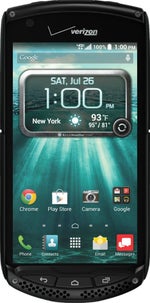
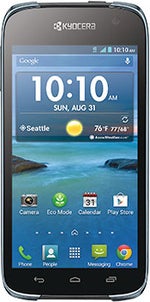
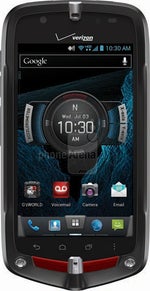
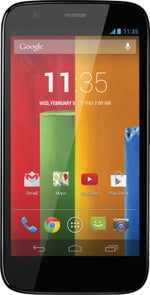





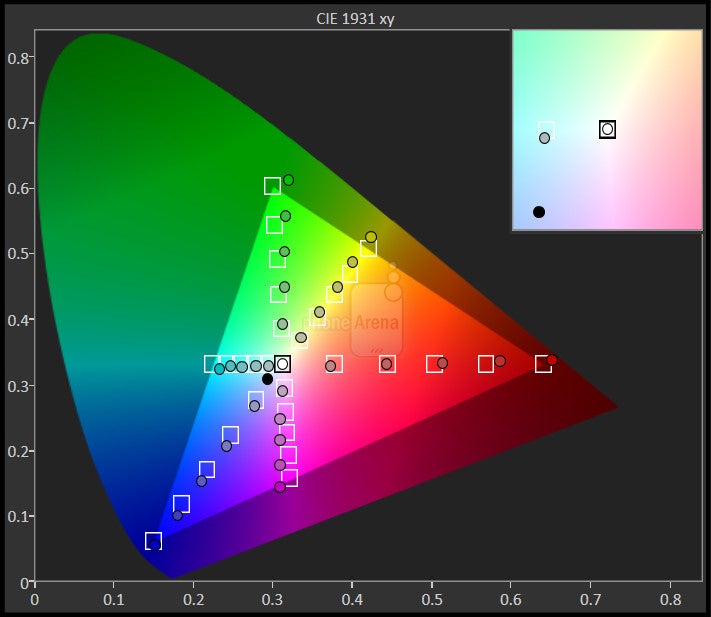













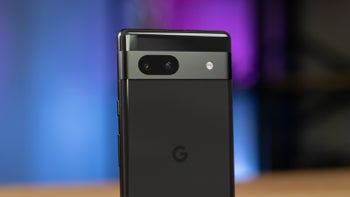
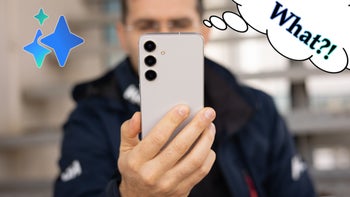
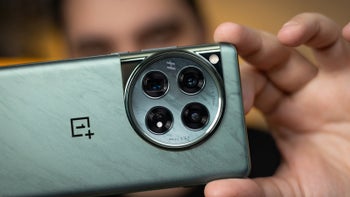
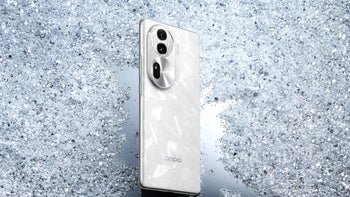

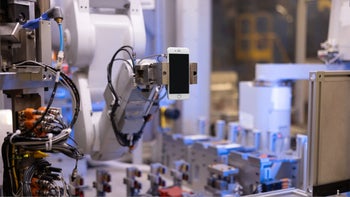
Things that are NOT allowed: